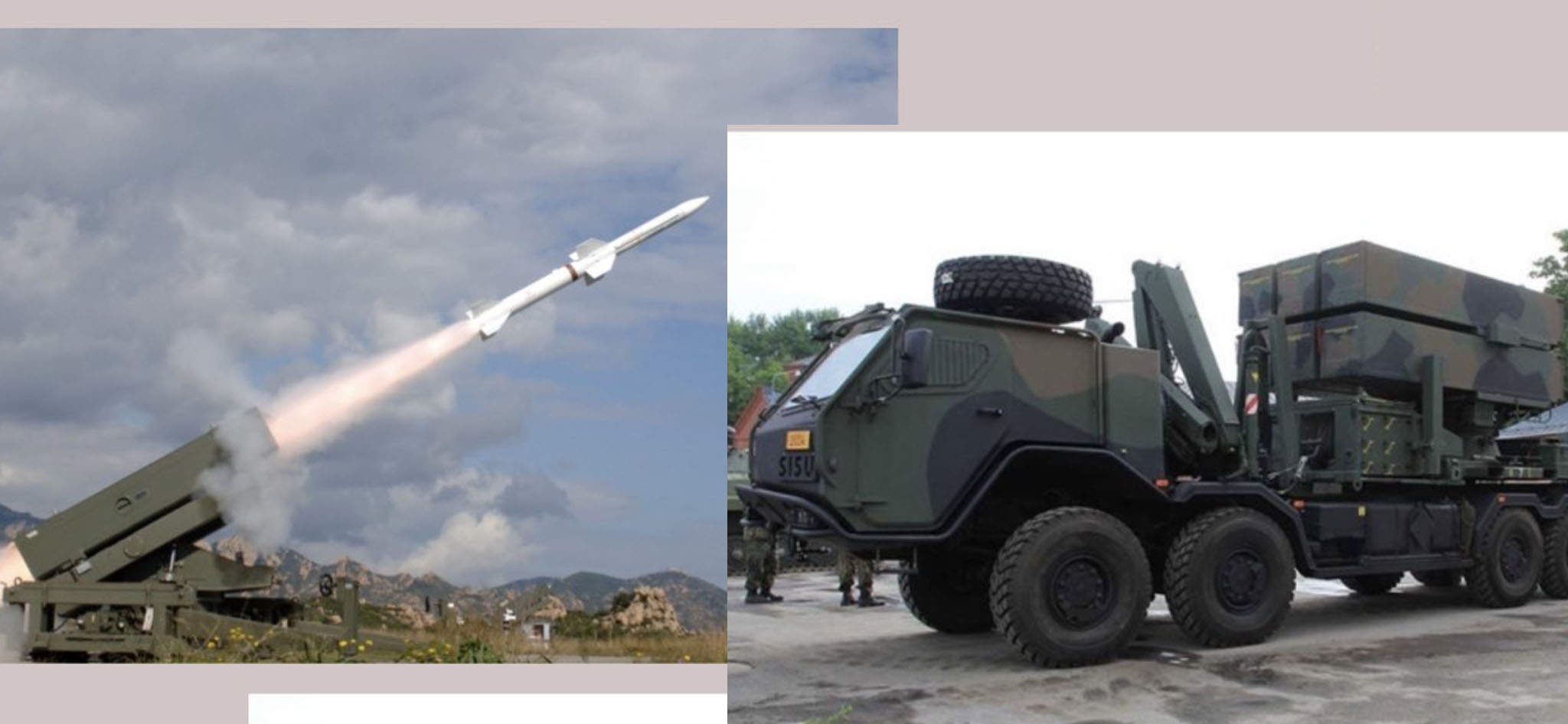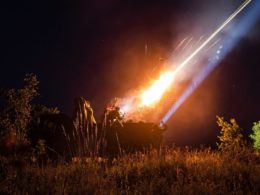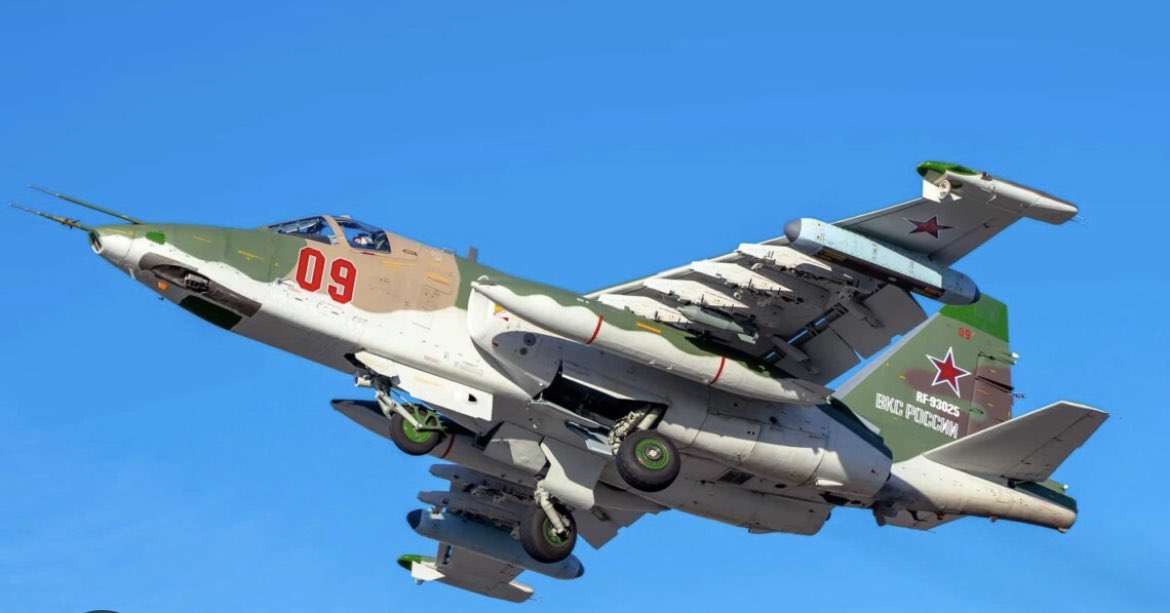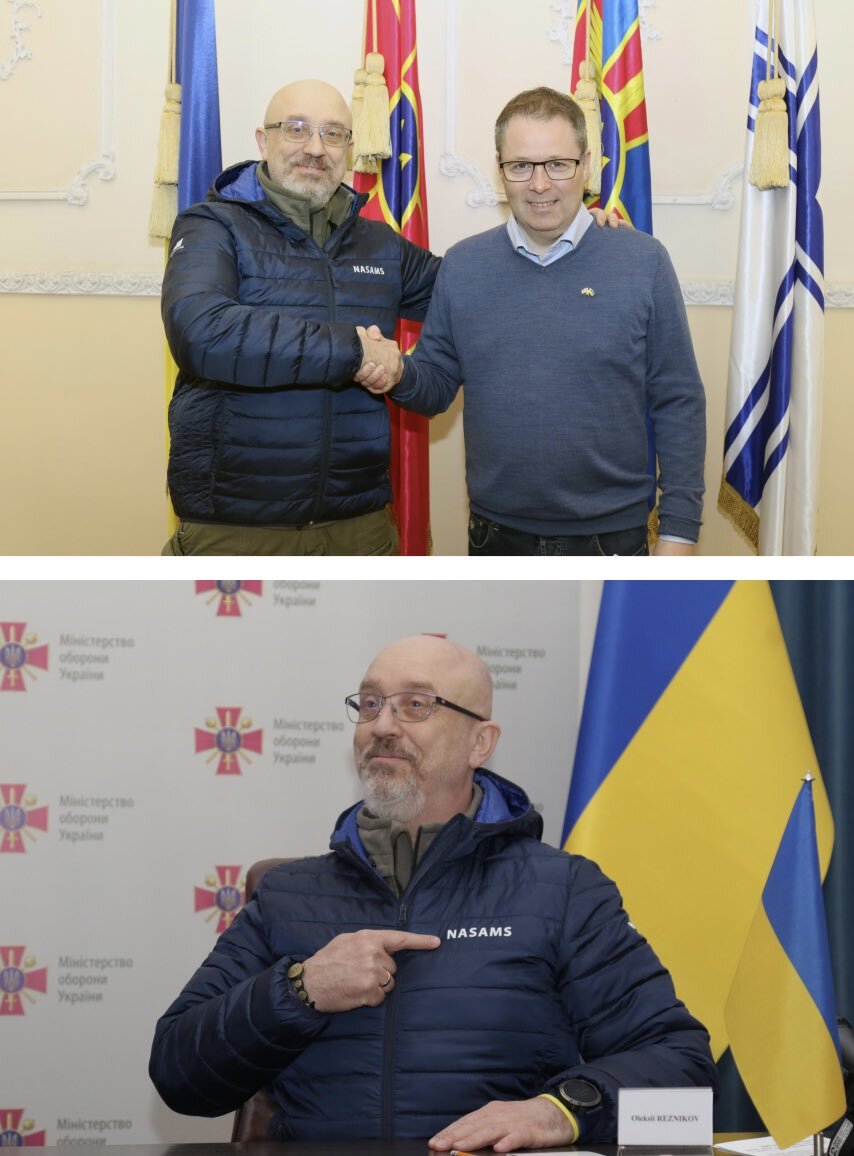Two air defense systems Ukraine has long sought, the Norwegian-developed and US-produced NASAMS and Spanish Aspide, are already in the country Ukraine's defense minister Oleksii Reznikov tweeted on Monday.
Look who’s here!
NASAMS and Aspide air defence systems arrived in Ukraine!
These weapons will significantly strengthen #UAarmy and will make our skies safer.
We will continue to shoot down the enemy targets attacking us.
Thank you to our partners: Norway, Spain and the US. pic.twitter.com/ozP4eXhgOg— Oleksii Reznikov (@oleksiireznikov) November 7, 2022
The NASAMS delivery comes as part of the USA's its largest-ever military aid package to Ukraine at a value of nearly $3bn dollars, announced 24 August. In total, the US will send eight NASAMS to Ukraine.
Jointly developed and produced by RMD and Norway’s Kongsberg Defence & Aerospace, NASAMS consists of the Sentinel radar, Advanced Medium Range Air-to-Air Missile, and KDA’s Fire Distribution Center.
The Norwegian-developed weapons will provide medium- to long-range defense against Russian unmanned aerial vehicles, helicopters, cruise missiles, unmanned combat aerial vehicles, and aircraft, which bombarded Ukraine’s civilian infrastructure over the last month, including its power grid, using missiles and drones.
In August, the Pentagon signed
a $182mn contract with Raytheon to produce NASAMS systems for Ukraine.
After the Russian attacks on Ukraine’s infrastructure in October, the Pentagon announced that it would accelerate the transfer of NASAMS systems to Ukraine by speeding up production and ensuring the earliest possible transfer of the SAM systems.
A group of Ukrainian servicemen was training to use the NASAMS units in Norway, and the learning process was surprisingly fast, a Ukrainian officer named as Denys told The Economist. He said he was able to understand how the system works in only a few minutes after sitting down in the NASAMS command post. The total training period for the operators of the complex was only a few weeks, which is remarkably fast. For comparison, Ukrainians learned to operate the HIMARS in a similar period, and mastering the PzH 2000 required 40 days, according to Defense Express.
For comparison, it should be noted that similar training periods applied to HIMARS, and, for example, mastering the PzH 2000 required 40 days.
The Aspide surface-to-air missile system, also known as Skyguard Aspide, is considered a joint Italian-Swiss development. It is a short-range ground-based air defense system for air defense of designated areas or targets. The system can be used against fixed-wing aircraft, helicopters, and UAVs, including air-to-ground missiles. The complex sits on a towed chassis and can be quickly deployed to a given position.
Foreign Minister Dmytro Kuleba announced on 2 November that Spain will deliver an Aspide system to Ukraine, where he noted that this complex is precisely what Ukraine needs to defend its civilian infrastructure.
Aspide systems are designed to protect strategic targets, such as industrial plants, airfields, or seaports, and can operate as part of a tiered air defense system and exchange data with other types of SAMs.
At the same briefing, Kuleba said that Madrid is also delivering four Hawk air defense systems to Ukraine.
Earlier, Ukraine’s President told
that Ukraine is negotiating with 5 countries for the supply of air defense systems. One such system recently arrived from Germany: the IRIS-T, which was spotted shooting down Russian missiles near Kyiv. Importantly, NASAMS and IRIS-T are interoperable, which means that a target detected by one can be destroyed by the other. This is a great improvement compared to the Soviet Buk M-1 or S-300, which can only shoot at the target that appears on their own radars.
Pentagon places $182mn order to produce NASAMS air defence for Ukraine





